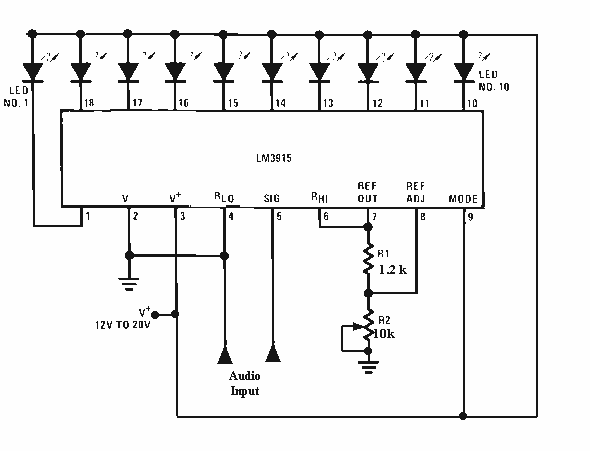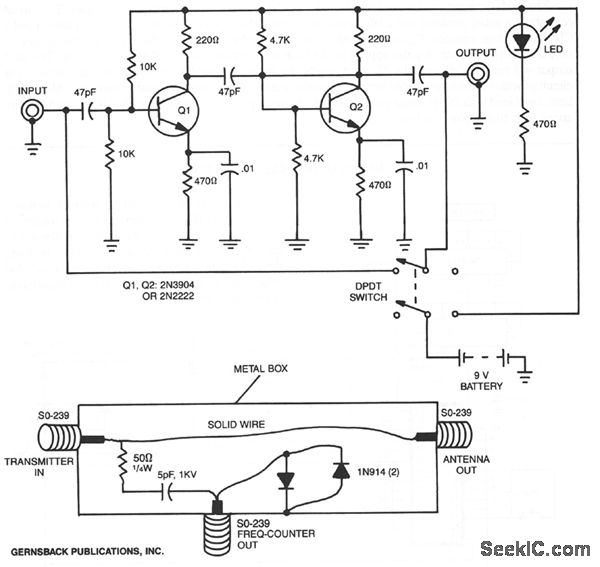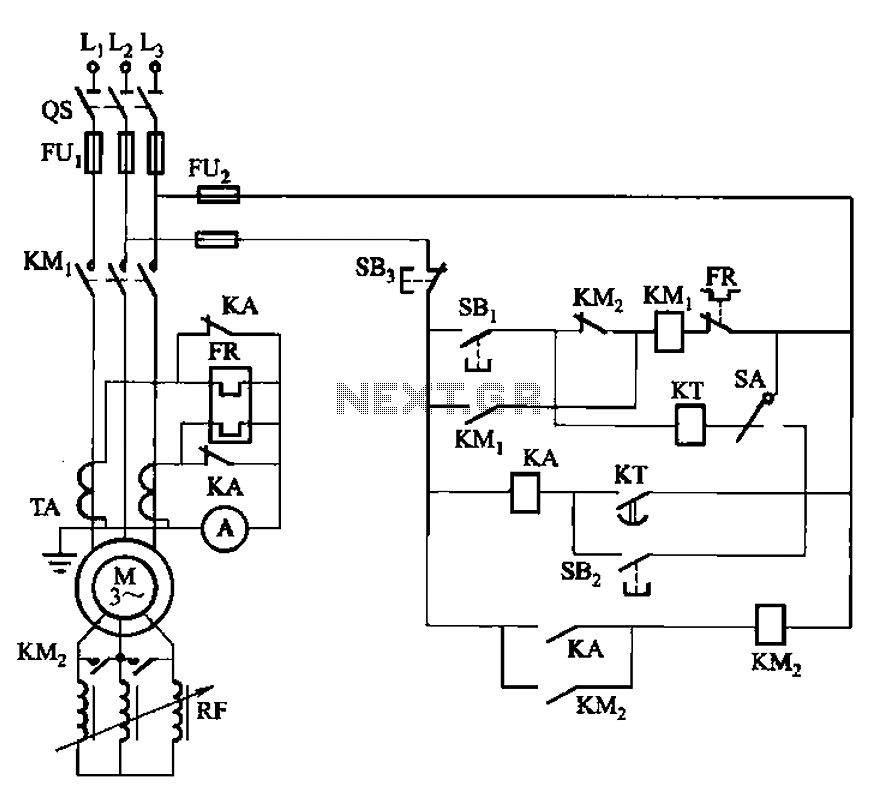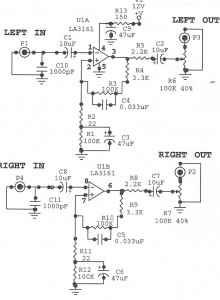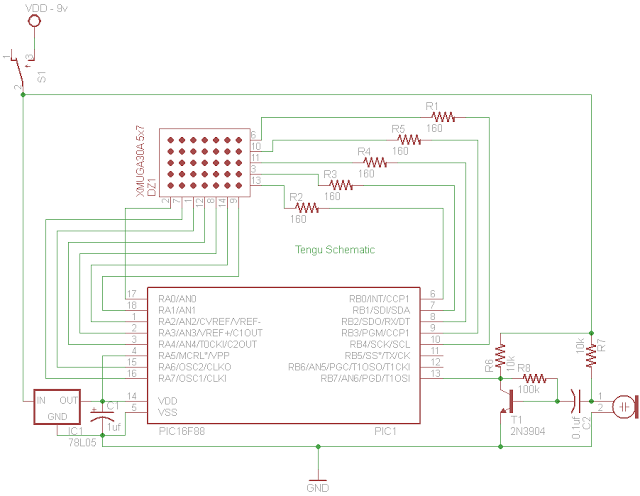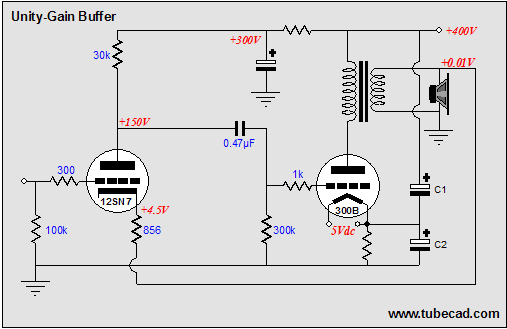
PC Based Frequency Meter

A technique for measuring frequencies across a wide range with acceptable accuracy using a PC is described. This method involves measuring the period of a complete wave at low frequencies to calculate frequency from the measured time period. Cascaded binary counters are employed to convert high-frequency signals into low-frequency signals. The parallel port of a computer serves as the data input interface for these binary counters, which is essential for measuring time and calculating the frequency of the signal. The block diagram illustrates the connections between the counters and the parallel port pin numbers on the 25-pin D connector of a PC, with the control register at address 379 Hex utilized for input. External hardware is only required for the conversion of high-frequency signals into low-frequency signals, while the software plays a crucial role in frequency measurement. The PC generates a time interrupt at a frequency of 18.21 Hz, occurring every 54.92 milliseconds, which serves as a time reference for the software. The control register of the parallel port is continuously read, and the data is stored in an array for approximately 54.9 ms using a loop. This data is then analyzed bit-wise. The highest-order bit (MSB or seventh bit) of each array element is scanned for the presence of a complete square wave. If detected, its time period is measured; if not, the second-highest order bit (sixth bit) is scanned, continuing until the third bit. If no complete square wave is found, an error message is generated indicating either a reading error or that the frequency signal is below 19 Hz. The lower three bits of the control register are not utilized. Upon finding a wave, the time period and frequency components are measured, and the precision of measurement in percentage is displayed along with the number of data points collected in 54.9 ms. The lower measurable frequency is approximately 19 Hz, with data being read for around 54.9 ms, resulting in the lowest frequency that can be measured being approximately 1/0.549 Hz. The lower range is fixed at about 19 Hz (18.2 Hz, to be precise). The upper frequency limit depends on the MOD counter used and the operating frequency range of the counter IC. For a MOD-N counter (where N is an integer), the upper limit (UL) is calculated as UL = 19 x N^5 Hz. For example, with MOD 16 counters, the upper limit is around 20 MHz, while with MOD 10 counters, it is about 1.9 MHz. It is crucial to ensure that this upper limit is within the operating frequency range of the counter IC used. The precision of measurement is a machine-dependent parameter, with high-speed machines yielding better precision. Precision is directly related to the number of data points read in a standard time and inversely related to the value of the MOD counter used. Higher precision is achieved with MOD 10 counters compared to MOD 16 counters, but this restricts the upper frequency measurement limit and vice versa.
This frequency measurement technique is particularly advantageous for applications requiring precise frequency analysis over a broad range. The use of a PC's parallel port for data acquisition simplifies the interfacing process, allowing for straightforward implementation without the need for complex hardware setups. The cascaded binary counters effectively reduce high-frequency signals to a manageable level, enabling accurate time period measurements. The software's role in data processing is critical, as it not only facilitates the measurement process but also ensures that errors are promptly identified and reported.
In practical applications, the system can be integrated into various electronic projects where frequency measurement is essential, such as signal processing, telecommunications, and audio analysis. The choice of MOD counter directly influences both the measurement range and precision, making it imperative to select the appropriate counter based on the specific requirements of the application. Additionally, the software's capability to analyze the data bit-wise enhances its robustness, allowing for better detection of square waveforms and improving overall measurement reliability.
In summary, this technique provides a reliable and efficient method for frequency measurement, leveraging both hardware and software components to achieve accurate results across a wide frequency spectrum. The careful selection of components and parameters is crucial for optimizing performance and ensuring that the system meets the desired specifications.A simple technique for measuring frequencies over quite a wide frequency range and with acceptable accuracy limits using a PC. It follows the basic technique of measuring low frequencies, i. e. at low frequency, period is measured for a complete wave and frequency is calculated from the measured time-period.
Cascaded binary counters are use d for converting the high-frequency signals into low-frequency signals. The parallel port of a computer is used for data input from binary counters. This data is used for measuring time and calculating the frequency of the signal. The block diagram shows the basic connections of the counters and parallel port pin numbers on 25-pin D` connector of a PC (control register 379 Hex is used for input). External hardware is used only for converting the higher frequency signals into low frequency signals.
Thus, the major role in frequency-measurement is played by the software. The PC generates a time-interrupt at a frequency of 18. 21 Hz, i. e. after every 54. 92 millisecond. Software uses this time-interrupt as a time-reference. The control register of the PC`s parallel port is read and the data is stored continuously in an array for approximately 54. 9 ms using a loop. This stored data is then analysed bit-wise. Initially, the higher-order bit (MSB or the seventh-bit) of every array element is scanned for the presence of a complete square wave.
If it is found, its time period is measured and if not then the second-highest order bit (sixth bit) is scanned. This operation is performed till the third bit and if no full square wave is still found, an error message is generated which indicates that either there is an error in reading or the frequency signal is lower than 19 Hz.
Lower three bits of the control register are not used. When a wave is found, along with its time-period and frequency components, its measurement precision in percentage is also calculated and displayed. Number of data taken in 54. 9 ms is also displayed. As stated above, the lower starting range is about 19 Hz. Data is read for approximately 54. 9 ms. Thus, the lowest possible frequency that can be measured is 1/. 0549 Hz. Lower range depends only on the sampling time and is practically fixed at 19 Hz (18. 2 Hz, to be precise). Upper range depends on factors such as value of the MOD counter used and the operating frequency range of the counter IC.
If MOD-N counter is used (where N is an integer), upper limit (UL) of frequency is given by UL=19xN5 Hz. Thus for MOD 16 counters UL@20 MHz, and for MOD 10 counters UL@1. 9 MHz. Care should be taken to ensure that this upper limit is within the operating frequency range of counter IC used.
Precision of measurement is a machine-dependent parameter. High-speed machines will have better precision compared to others. Basically, precision depends directly upon the number of data read in a standard time. Precision of measurement varies inversely as the value of MOD counter used. Precision is high when MOD 10 counters are used in place of MOD 16 counters, but this will restrict the upper limit of frequency measurement and vice-versa. Be the first of your friends to get free diy electronics projects, circuits diagrams, hacks, mods, gadgets & gizmo automatically each time we publish.
Your email address & privacy are safe with us ! 🔗 External reference
This frequency measurement technique is particularly advantageous for applications requiring precise frequency analysis over a broad range. The use of a PC's parallel port for data acquisition simplifies the interfacing process, allowing for straightforward implementation without the need for complex hardware setups. The cascaded binary counters effectively reduce high-frequency signals to a manageable level, enabling accurate time period measurements. The software's role in data processing is critical, as it not only facilitates the measurement process but also ensures that errors are promptly identified and reported.
In practical applications, the system can be integrated into various electronic projects where frequency measurement is essential, such as signal processing, telecommunications, and audio analysis. The choice of MOD counter directly influences both the measurement range and precision, making it imperative to select the appropriate counter based on the specific requirements of the application. Additionally, the software's capability to analyze the data bit-wise enhances its robustness, allowing for better detection of square waveforms and improving overall measurement reliability.
In summary, this technique provides a reliable and efficient method for frequency measurement, leveraging both hardware and software components to achieve accurate results across a wide frequency spectrum. The careful selection of components and parameters is crucial for optimizing performance and ensuring that the system meets the desired specifications.A simple technique for measuring frequencies over quite a wide frequency range and with acceptable accuracy limits using a PC. It follows the basic technique of measuring low frequencies, i. e. at low frequency, period is measured for a complete wave and frequency is calculated from the measured time-period.
Cascaded binary counters are use d for converting the high-frequency signals into low-frequency signals. The parallel port of a computer is used for data input from binary counters. This data is used for measuring time and calculating the frequency of the signal. The block diagram shows the basic connections of the counters and parallel port pin numbers on 25-pin D` connector of a PC (control register 379 Hex is used for input). External hardware is used only for converting the higher frequency signals into low frequency signals.
Thus, the major role in frequency-measurement is played by the software. The PC generates a time-interrupt at a frequency of 18. 21 Hz, i. e. after every 54. 92 millisecond. Software uses this time-interrupt as a time-reference. The control register of the PC`s parallel port is read and the data is stored continuously in an array for approximately 54. 9 ms using a loop. This stored data is then analysed bit-wise. Initially, the higher-order bit (MSB or the seventh-bit) of every array element is scanned for the presence of a complete square wave.
If it is found, its time period is measured and if not then the second-highest order bit (sixth bit) is scanned. This operation is performed till the third bit and if no full square wave is still found, an error message is generated which indicates that either there is an error in reading or the frequency signal is lower than 19 Hz.
Lower three bits of the control register are not used. When a wave is found, along with its time-period and frequency components, its measurement precision in percentage is also calculated and displayed. Number of data taken in 54. 9 ms is also displayed. As stated above, the lower starting range is about 19 Hz. Data is read for approximately 54. 9 ms. Thus, the lowest possible frequency that can be measured is 1/. 0549 Hz. Lower range depends only on the sampling time and is practically fixed at 19 Hz (18. 2 Hz, to be precise). Upper range depends on factors such as value of the MOD counter used and the operating frequency range of the counter IC.
If MOD-N counter is used (where N is an integer), upper limit (UL) of frequency is given by UL=19xN5 Hz. Thus for MOD 16 counters UL@20 MHz, and for MOD 10 counters UL@1. 9 MHz. Care should be taken to ensure that this upper limit is within the operating frequency range of counter IC used.
Precision of measurement is a machine-dependent parameter. High-speed machines will have better precision compared to others. Basically, precision depends directly upon the number of data read in a standard time. Precision of measurement varies inversely as the value of MOD counter used. Precision is high when MOD 10 counters are used in place of MOD 16 counters, but this will restrict the upper limit of frequency measurement and vice-versa. Be the first of your friends to get free diy electronics projects, circuits diagrams, hacks, mods, gadgets & gizmo automatically each time we publish.
Your email address & privacy are safe with us ! 🔗 External reference
